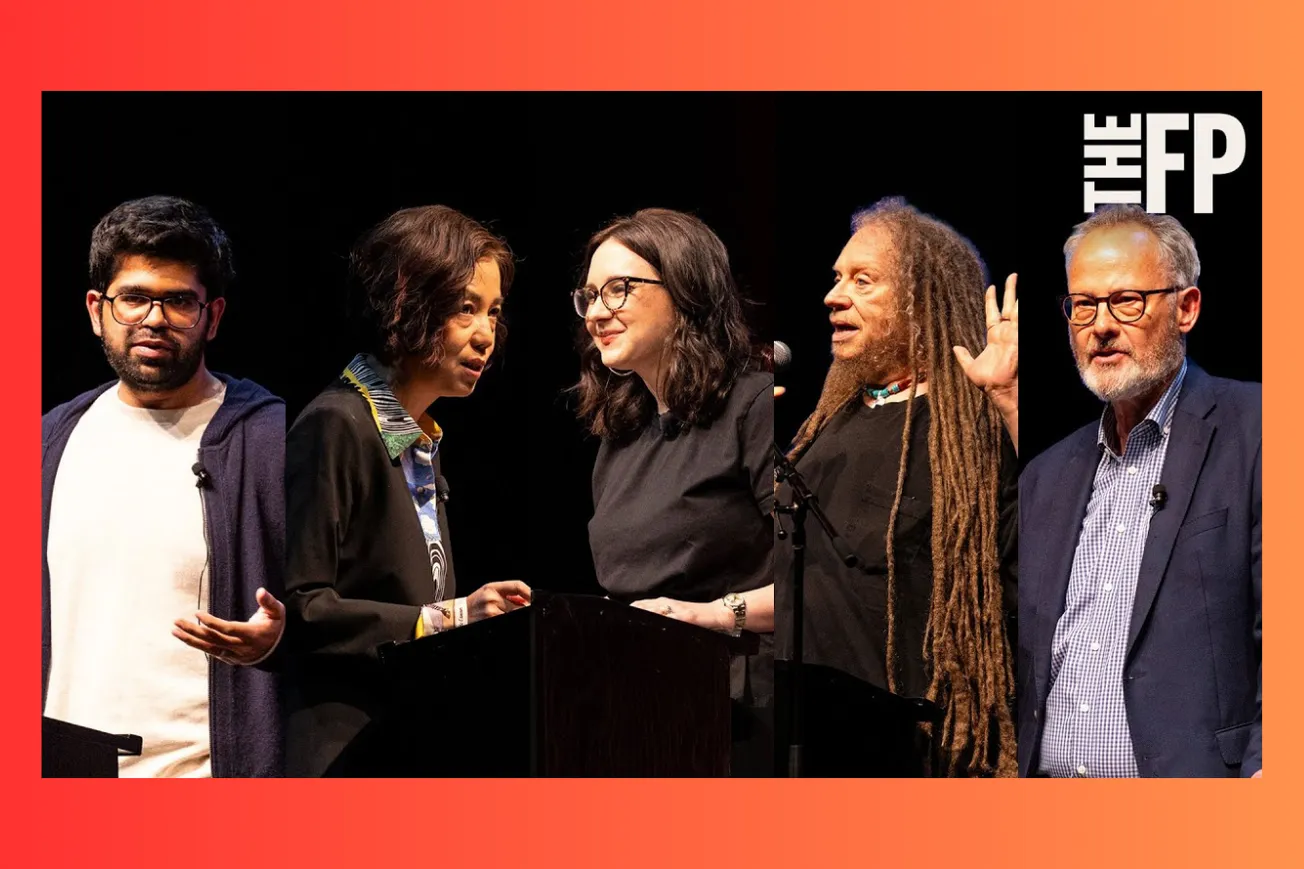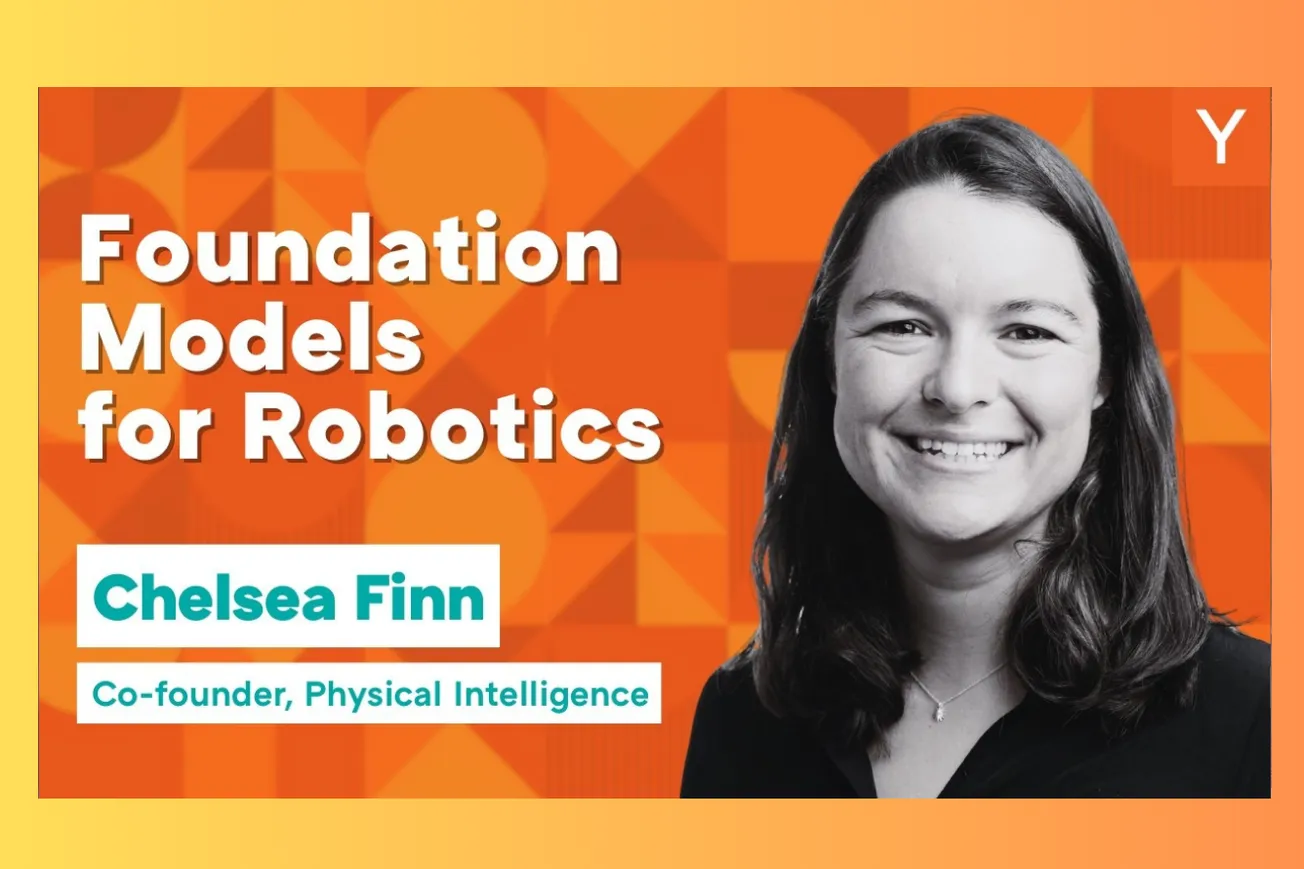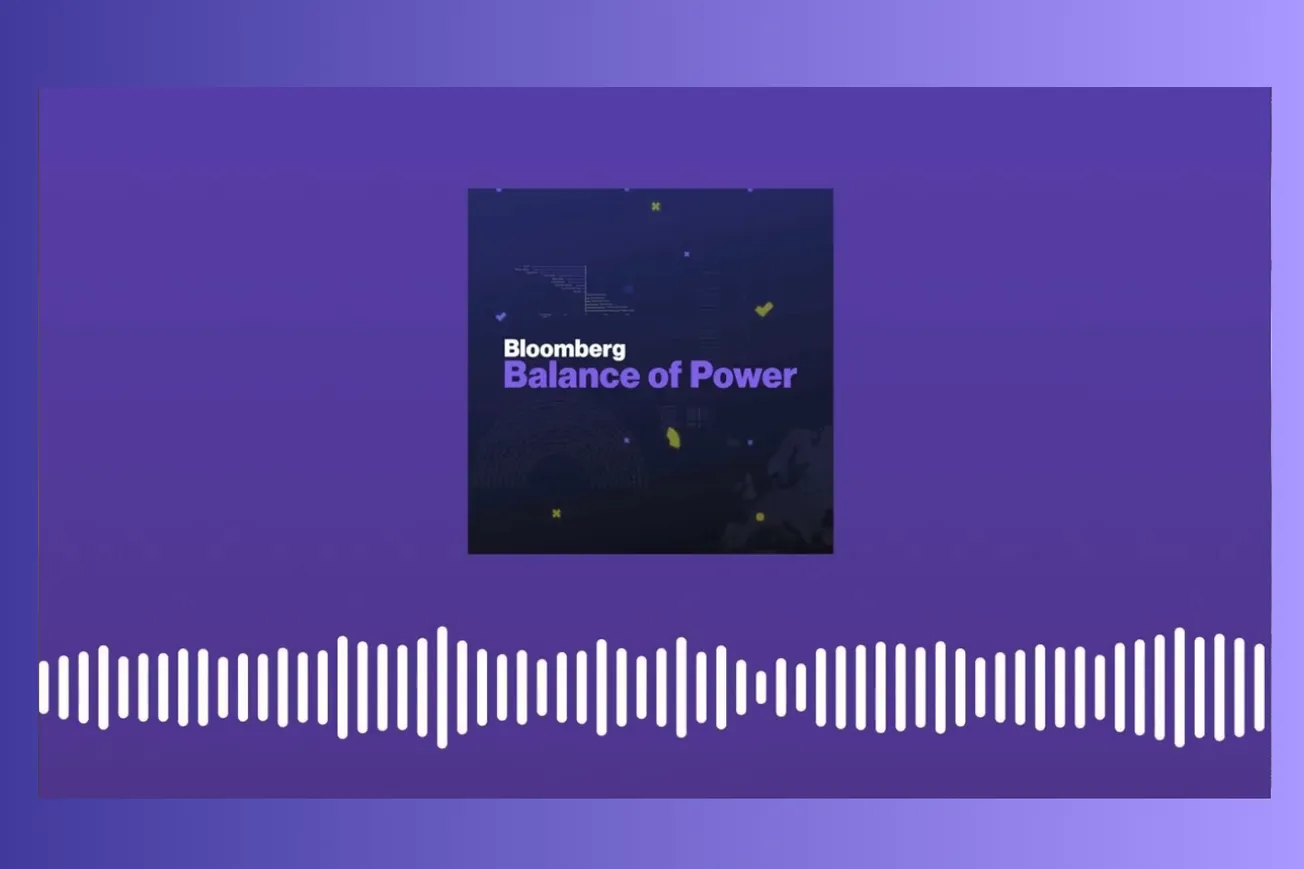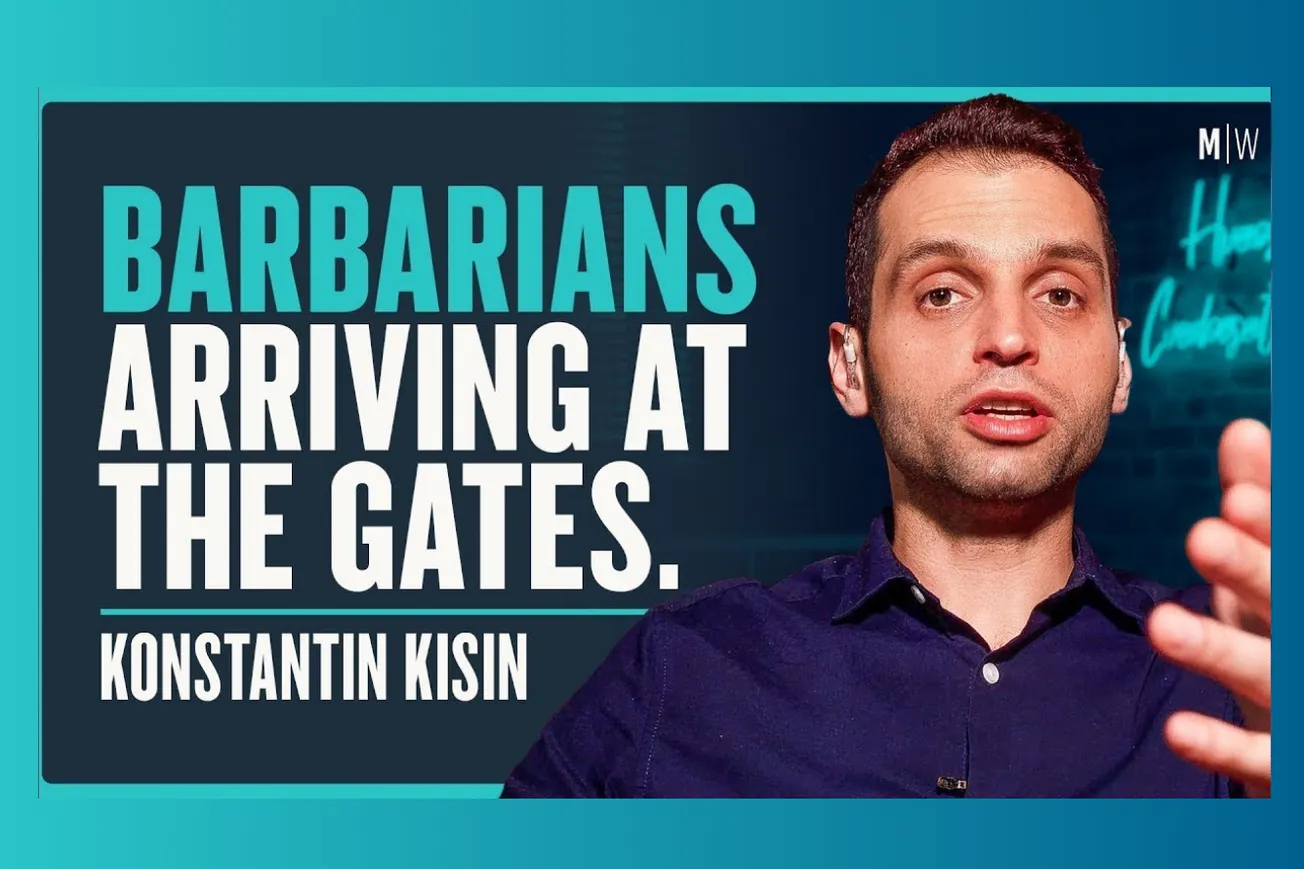Table of Contents
A heated debate in San Francisco between AI optimists and skeptics reveals the fundamental question of our time: can truth survive artificial intelligence?
Four leading thinkers clashed over whether AI will enhance our understanding of reality or plunge us into an age of manufactured confusion and manipulation.
Key Takeaways
- Human curiosity and truth-seeking drive technological progress, but AI may undermine the learning process itself
- Open source development and subscription models offer hope against manipulation, yet concentration of power remains dangerous
- AI democratizes access to information but risks creating consensus views that eliminate nuanced thinking
- Students increasingly use AI in ways that bypass genuine learning and intellectual struggle
- The attention economy business model corrupts AI's potential for truth-seeking by prioritizing engagement over accuracy
- Artists face existential threats from AI-generated content, potentially destroying crucial pathways to truth through creativity
- Faith in human agency must guide AI development, or we risk creating "super slaves" rather than beneficial tools
- The debate revealed deep uncertainty about AI's trajectory, with skeptics ultimately winning more converts
The Optimist Case: Curiosity Will Prevail
Aravind Srinivas, CEO of Perplexity AI, argued that human curiosity represents an "evergreen desire to be truth-seeking" that will ultimately guide AI development toward beneficial outcomes. He positioned technology as humanity's response to problems, noting that "all we've ever done before whenever we face problems is search for answers to solve them."
Srinivas emphasized AI's democratizing potential: "You can go and ask it to do an entire research on a topic that you have literally no clue about. You can be anywhere. You don't have to be in Stanford or Harvard." He believes AI will level the playing field, allowing people with original thinking to shine regardless of their institutional affiliations or work capacity.
Dr. Fei-Fei Li, Stanford's AI Institute co-director, supported this optimistic view through personal anecdotes. When her daughter asks about Pokemon counts or she worries about elderly parents falling, AI provides immediate assistance. She advocates for a "human-centered framework" where "AI is not a foe but a friend" and "doesn't replace us but augments us."
Li challenged pessimistic narratives by noting historical progress: human life expectancy increased from 30 to 70+ years over two millennia, global literacy rose from 20% to 85% in a century, and global GDP grew from $5 trillion to $105 trillion since World War II. She argued that "machine values are human values" and "what AI does to truth is up to us, not AI."
The Skeptic Warning: Technology Corrupts Learning
Nicholas Carr presented the counter-argument by examining AI's actual impact on education. Rather than enhancing truth-seeking, he argued AI "discourages learning" by eliminating intellectual struggle. Students no longer need to "read an assignment, a long book or chapter" because AI summaries "remove everything interesting, everything hard, everything difficult, everything subtle."
This automation of learning creates "an illusion of thinking you know something without going through the hard work of actually learning it." Carr emphasized that truth emerges through social processes—questioning beliefs, listening to others, remaining open-minded—rather than technological capabilities alone.
He challenged the democratization narrative by pointing to internet and social media failures: "Rather than more communication breeding understanding, it breeds misunderstanding." The problem lies in how humans interact with technology, creating "perpetual distraction" that prevents the careful thinking necessary for knowledge creation.
The Silicon Valley Problem
Jaron Lanier, computer scientist and VR pioneer, focused on structural issues corrupting AI development. He criticized Silicon Valley's "founding myth" based on the Turing test, which prioritizes "fooling people" over solving actual problems. "Why should we put money and time into trying to fool people? People are easy to fool."
Lanier identified two critical problems: cultural obsession with theatrical AI demonstrations and business models dependent on third-party manipulation. The attention economy corrupts AI by making "manipulating attention the product" rather than genuine problem-solving.
He advocated for "data dignity"—tracing AI outputs back to original human creators who deserve credit and compensation. Without this, society faces "a deeply corrupt and horrible society" where everyone depends on universal basic income while tech monopolies control everything.
The Learning Crisis
The debate's most compelling tension emerged around education. Carr documented how AI undermines genuine learning by removing intellectual struggle, while Li argued that motivated learners can use any tool effectively. "Whether you have tools, whether the tool is a rock, a piece of paper, a calculator, or ChatGPT, it's irrelevant. It's the agency, it's the willingness to learn."
Srinivas suggested fundamentally changing assignments rather than restricting AI use. He described using AI to prepare for the debate itself, asking it to analyze opponents' arguments and develop counterarguments. "AI did tell me that they would bring up this aspect of humans getting lazier, which I disagree with."
However, evidence suggests students increasingly rely on AI summaries instead of reading original texts and use AI to write papers rather than synthesizing their own thoughts. This creates knowledge illusion without genuine understanding.
The Concentration of Power
A crucial concern emerged around AI's tendency toward monopolization. Lanier explained that "digital networks have very low friction and low friction enhances the network effect so profoundly that you get these super monopolies very rapidly." This concentration "undermines democracy and makes some of the people who own the hubs kind of crazy."
The debate revealed tension between open source solutions and practical limitations. While Srinivas advocated for open source AI to increase trust and transparency, Lanier noted that AI source code remains "pretty unintelligible even to experts" and keeps expertise "in the club" rather than truly democratizing control.
The Artist's Dilemma
Carr raised concerns about AI's impact on artistic careers, arguing that "you're going to have a better chance discovering truth through art than through pretty much anything else." AI's ability to generate "mediocre art" that's "good enough" for many purposes threatens artists' livelihoods and thereby "one of the most important roots to truth available to us."
This connects to broader questions about human agency in an AI-dominated world. If fewer people can make livings through creative work, society loses crucial pathways to truth and meaning that emerge through artistic struggle and expression.
The Business Model Question
The debate highlighted fundamental tensions in AI economics. Srinivas celebrated Perplexity's subscription model as evidence that "people are willing to pay for truth as long as it's provided in the most accurate way possible." This offers hope for business models aligned with truth-seeking rather than manipulation.
However, Lanier warned that subscription models won't last long before reverting to advertising-based systems that corrupt AI's truth-seeking potential. The question becomes whether society can maintain economic structures that reward genuine problem-solving over attention capture.
Faith and Technology
The debate's deepest philosophical tension concerned faith in human agency versus technological determinism. Lanier argued for maintaining "religious faith at the core of our technology" by treating people as "magical, holy, special" rather than replaceable by machines.
Srinivas countered that the debate "fundamentally boils down to faith in humanity" and whether "there'll be enough people who ask good questions, try to solve problems and build solutions." He positioned himself as proof that curious individuals will guide AI toward beneficial outcomes.
Common Questions
Q: Will AI make most people smarter or lazier?
A: Evidence suggests AI can enhance motivated learners while encouraging intellectual shortcuts for others.
Q: Can open source development prevent AI manipulation?
A: Open source helps but doesn't address concentration of power or business model corruption.
Q: How do we maintain human agency in an AI world?
A: Focus on preserving the economic and social value of human creativity and critical thinking.
Q: Will AI eliminate the need for traditional education?
A: AI transforms education requirements but cannot replace the intellectual struggle necessary for genuine learning.
Q: What's the biggest threat to truth in the AI age?
A: The business models and cultural values guiding AI development, not the technology itself.
The San Francisco audience initially favored AI optimists 68% to 32%, but skeptics ultimately won by changing more minds. This shift suggests growing awareness that AI's impact on truth depends less on technological capabilities than on human choices about implementation, business models, and social values.
The future of truth may depend on whether we can channel human curiosity toward beneficial AI development while maintaining the intellectual rigor and creative struggle that generate genuine knowledge.





